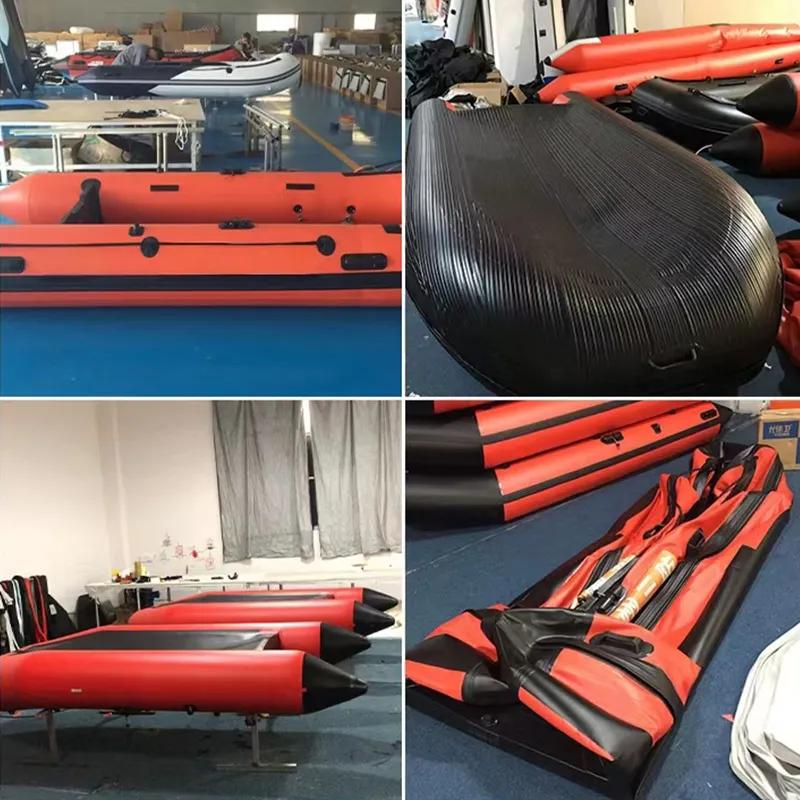

Strategic positioning amidship ensures equalized distribution of weight, thus maintaining vessel stability — a non-negotiable aspect during extreme conditions at sea. This strategic advantage not only lies in tactical preparedness but also in maintaining the structural integrity of a vessel facing the dual threats of fire and stormy seas. For those captaining vessels on commercial or exploratory missions, choosing a midship fire pump system also aligns with logistical efficiency. Its centralized location reduces the length and complexity of electrical cabling and plumbing, which translates to lower costs—and reduced weight, enhancing fuel efficiency and the overall sustainability of the vessel. Knowledge from the field emphasizes the importance of bespoke solutions tailored to specific vessel types and functions. Collaborating with an experienced marine safety solutions provider ensures that the chosen pump is optimally suited to the vessel’s architecture and operational demands. Finally, regularly updated training sessions for crew members on the operational procedures and emergency protocols ensure that the human component is as prepared as the technological one, fostering a culture of safety and readiness aboard. In conclusion, midship fire pumps are more than just an equipment choice. They convey a vessel's commitment to safety, efficiency, and preparedness. As innovations continue to evolve with maritime technology, their significance will only grow, underscoring their role as a cornerstone in modern maritime operations.




























